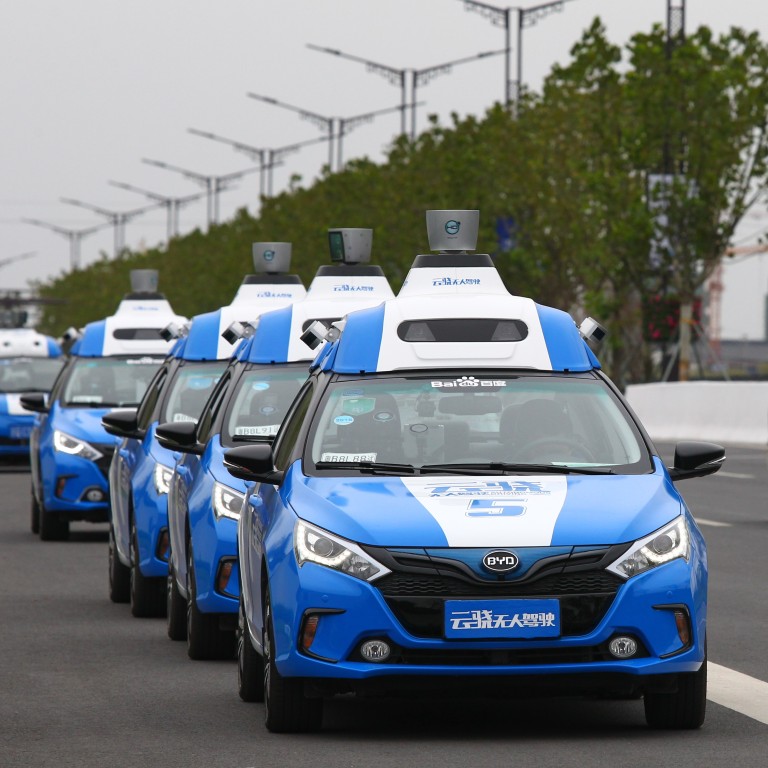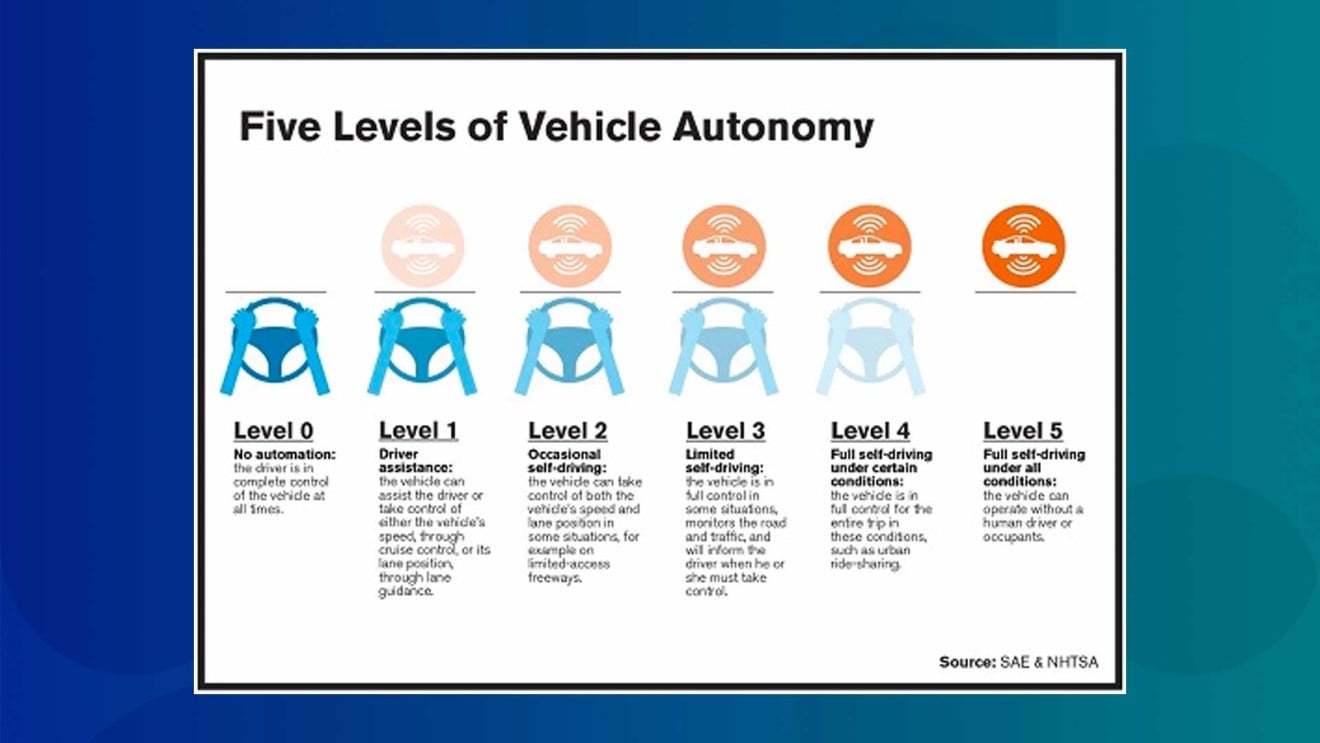
Why is it so hard to make a truly self-driving car?
Despite a continuous stream of announcements from tech giants, experts say truly autonomous vehicles are at least a decade away
But you won’t see these vehicles on suburban roads or even highways.
That’s because the 14-seater buses are limited to geo-fenced areas -- starting with shuttle services around nuclear power plants, as well as in senior communities in Japan. (You read that right: nuclear power plants).
Other possible areas include tourist spots, business parks and airports.
The common thread here is that they won’t have the freedom of the open road but instead be tied to a defined geographic area.
How China and the US are steering self-driving cars
Why is it so hard to make an autonomous vehicle?
In some cases, the technology works. Like when this Tesla X in autonomous mode avoided a collision.
But it can also go tragically wrong.
Managing expectations
Which brings us back to Baidu’s buses.

Their Level 4 designation means the vehicles can go into self-driving mode in specific conditions only.
“We look at autonomy as growing within a certain geofence and then expanding on there as the technology comes along, as our learning comes along and as our ability to solve more and more problems comes along.”
A little while yet
The holdup?
There are the technical challenges -- like reacting to a police car speeding past, or maneuvering more carefully on a busy road. These would require advanced AI capabilities, such as the ability to recognize objects, or predicting the actions of pedestrians and cyclists.
But there’s still another challenge that needs to be solved before self-driving cars can reach the masses: cost.
For more insights into China tech, sign up for our tech newsletters, subscribe to our Inside China Tech podcast, and download the comprehensive 2019 China Internet Report. Also roam China Tech City, an award-winning interactive digital map at our sister site Abacus.

